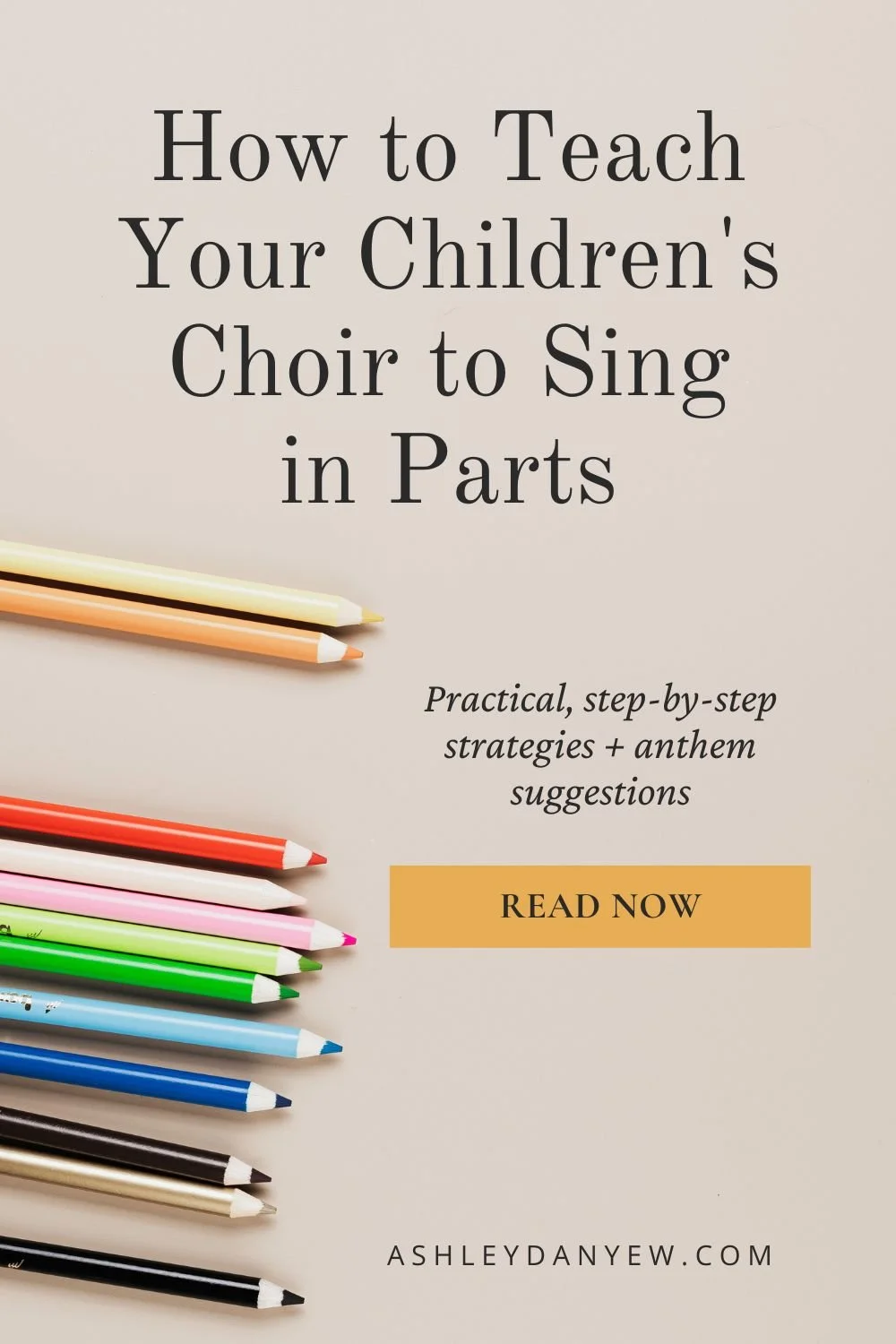Vocal exploration, or time spent exploring what the voice can do is a vital part of early childhood and elementary music-making. Invite your singers to experience what their voice can do and experiment with different types of sounds.
As you plan your choir rehearsals, look for new and creative ways for children to explore what their voices can do.
Spend a few minutes each week reviewing the four voices: speaking, singing, whispering, shouting. Then, take some time to create vocal sound effects that span the entire vocal range. This helps them build coordination and develop control of their voice, learn about their voice and what it means to sing, and build personal confidence.
Here are some helpful resources and practical teaching strategies for incorporating vocal exploration into your rehearsals:
Vocal Exploration Resources & Teaching Strategies
*Disclosure: I get commissions for purchases made through links in this post.
Shapes & Sound Effects
Start simply, with shapes and sound effects. See what children come up with in response to a squiggly line vs. a jagged one. Then, give them an opportunity to create a visual of their own and a sound to match. Here are a few simple ideas:
Make your own rollercoaster rides using a whiteboard and markers or sheets of paper and markers.
Create shapes with pipe cleaners. Then, go around the room and vocalize each shape as a group.
Explore different sound effects with these vocal exploration cards.
Add sound effects to a story like Squeak, Rumble, Whomp! Whomp! Whomp!: A Sonic Adventure. Written by Wynton Marsalis, this book is an exploration of everyday sounds in the neighborhood and how sounds turn into music. Consider incorporating some instruments and sounds from household objects or things you have in your rehearsal space to help bring the story to life.
Do a balloon toss and follow the path of the balloon with your voice (great for developing vocal and breath control!).
Echo and Call-and-Response Activities
Inviting children to imitate you in echo songs and chants, or having them respond to something you sing or chant with is a wonderful way to promote vocal exploration, and help children develop awareness, listening skills, and musical independence. Consider having the children echo you as a group at first, then having smaller groups or individuals respond.
Sing an echo song from the Book of Echo Songs by John Feierabend.
Play a slide whistle (slow, medium, or fast; up, down, or both) and have children echo you.
Do small, medium, and large sirens.
Choose an activity or prompt from the Book of Pitch Exploration by John Feierabend.
Sing a call-and-response song. Looking for more song ideas? See John Feierabend’s Book of Call & Response.
Animal Sounds
Perhaps the most accessible way of incorporating vocal exploration, imitating and creating different animal sounds is a great way to engage children and help them experience different parts of their vocal range. Here are a few resources you can use:
The Cat Goes Fiddle-i-fee - a great cumulative song, this book features lots of opportunities for vocal exploration as children chime in with the sounds the animals make.
Walking Through the Jungle - a jungle-themed adventure, including rhymes, repetition, and lots of animal sounds.
Polar Bear, Polar Bear, What Do You Hear? - a classic Eric Carle book with beautiful animal illustrations, this book invites children to explore their voices by imitating the sounds of the animals in the zoo.
Sing a song in an animal voice (e.g. cat, dog, cow, chicken, sheep)
Stories & Chants
These simple stories offer numerous opportunities for interaction and engagement: children can speak/chant/sing in different voices, experience high vs. low, and explore what their voices can do.
Grandma’s Glasses - a traditional chant about a grandma and a grandpa, contrasting high and low voices.
Chicka Chicka Boom Boom (Bill Martin, Jr. and John Archambault) - a rhythmic alphabet chant. Try using a high voice for “chicka” and a low voice for “boom” whenever it occurs in the story.
The Squiggle (Pierr Morgan) - a story about a girl who finds a string and makes all sorts of shapes with it. Have children vocalize the squiggles on the page as you read.
The Crabfish (John Feierabend) - a 400-year-old English folk song told through beautiful illustrations (music notation is include in the back of the book). Comes with two mp3 downloads: a demo track and an accompaniment track.
Learn how to plan, direct + teach with confidence.
Join me in Directing a Church Children’s Choir 101,
a 4-week online training program geared specifically toward children’s choir directors in church settings.
This 4-week, self-paced online training course will help you develop practical skills and useful step-by-step processes to plan, direct, and teach children's choir on a weekly basis, and grow your choir ministry.
How do you use vocal exploration in your rehearsals? What are your favorite resources and approaches?
Sources:
In Tune Singing and Vocal Exploration Strategies (Tanya LeJeune)
Vocal Development in Young Children (Lillie H. Feierabend)
Help Me Grow My Voice (Terry Taylor)
Kindergarten - Highs, Lows, and Vocal Exploration (Steph Davis)






































